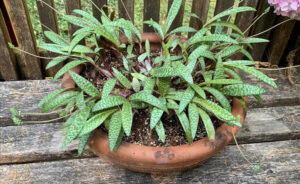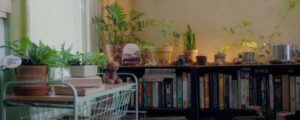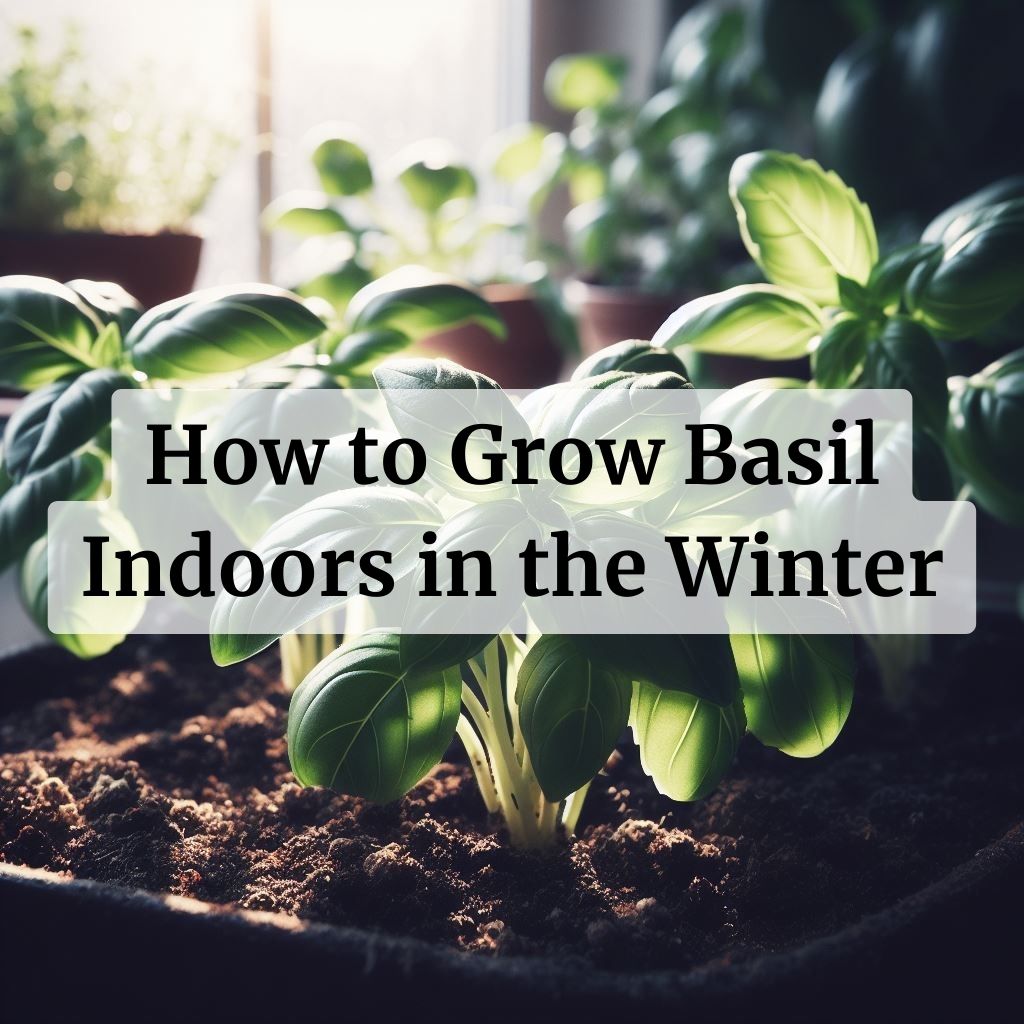
Growing basil indoors during the winter is a simple and rewarding process. In this article, we will provide you with the essential knowledge and techniques to successfully nurture thriving basil plants within the cozy confines of your home, even during the coldest months.
In this article
Choosing the Right Basil Variety
When it comes to growing basil indoors in the winter, selecting the right variety is crucial. Not all basil types are equally suited for indoor cultivation. Here are some top picks for your indoor herb garden:
Sweet Basil (Ocimum basilicum)
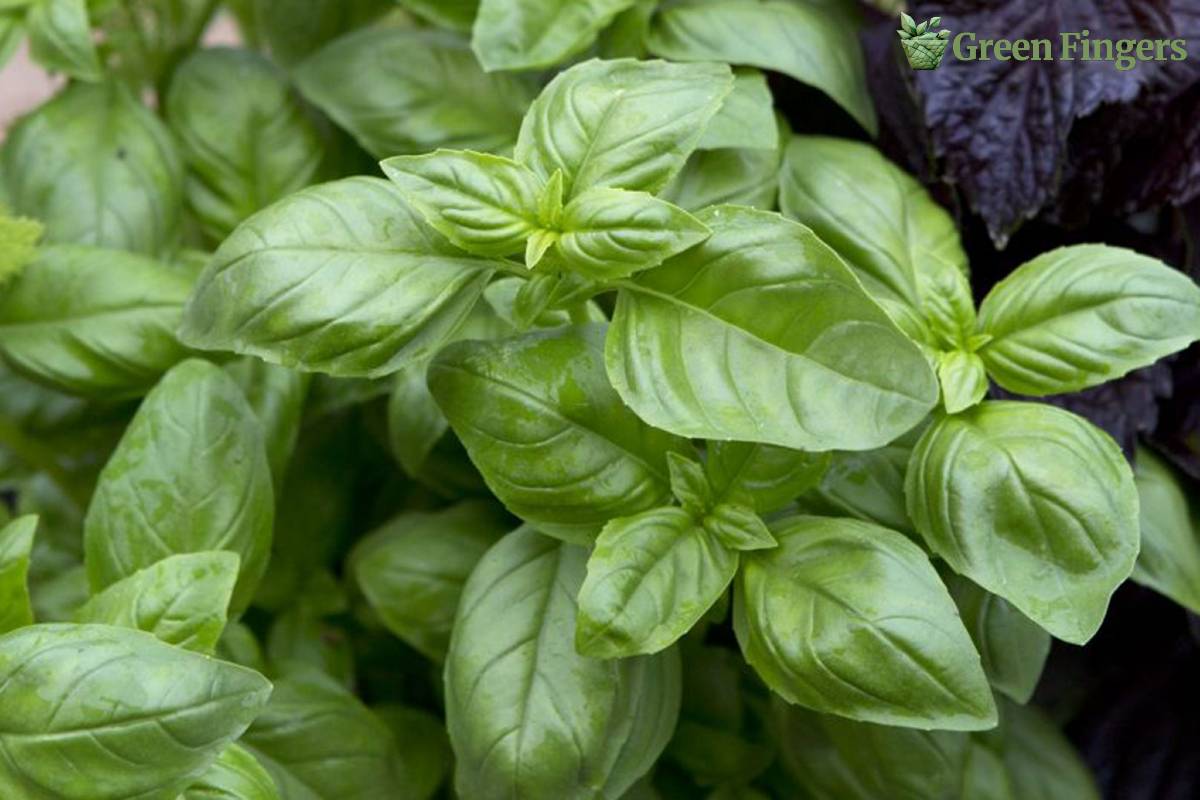
Sweet basil is a popular choice for indoor gardening due to its delightful aroma and versatile culinary uses. It thrives in containers and can adapt well to the indoor environment.
Thai Basil (Ocimum basilicum var. thyrsiflora)
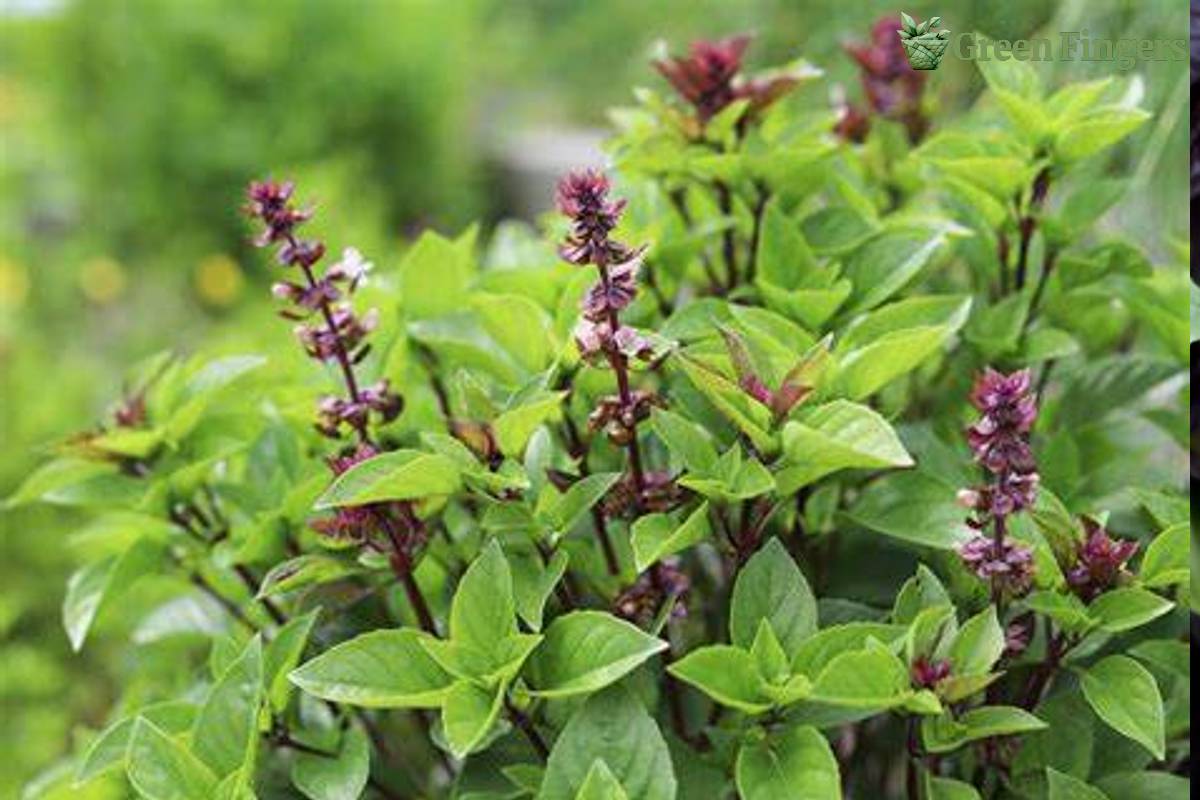
With its unique flavor and distinct aroma, Thai basil is a favorite for adding an exotic twist to your dishes. It’s well-suited for indoor growth, provided you give it proper care.
Lemon Basil (Ocimum basilicum var. citriodorum)

Lemon basil, as the name suggests, offers a refreshing citrusy fragrance and flavor. It can be a great addition to your indoor garden, adding a zesty kick to your winter recipes.
Do you know your parsley from your cilantro?
Take these 6 easy questions and test your herb knowledge.
Have fun!

Question
Your answer:
Correct answer:
Your Answers
Ideal Basil Growing Conditions
Now that you’ve chosen the right basil variety, let’s create the perfect environment for it to thrive. Here’s what you’ll need:
- Light: Basil loves sunlight, so place your indoor garden near a south-facing window to ensure it gets at least 6-8 hours of sunlight daily. If natural light is insufficient, consider using grow lights.
- Temperature: Basil prefers temperatures between 70-80°F (21-27°C) during the day and slightly cooler at night. Avoid placing it near drafty windows or heaters.
- Humidity: Basil enjoys a higher humidity level. Use a humidity tray or mist the leaves regularly to maintain the optimal humidity.
- Soil: Use well-draining potting soil with good aeration to prevent root rot. A mixture of potting soil and perlite or sand works well.
Planting Basil from Seeds
- Start with a clean and well-draining pot or container.
- Fill it with your chosen potting mix, leaving about an inch of space at the top.
- Plant basil seeds or seedlings about 1/4 inch deep, spacing them 6-8 inches apart.
- Water thoroughly but avoid waterlogging.
Basil seeds typically take 5 to 10 days to germinate when provided with the right conditions. After germination, the basil plant will continue to grow and mature. Here’s a rough timeline:
- Germination (5-10 days): After sowing basil seeds in well-draining potting soil, they should start to sprout within a week to ten days, given adequate warmth and moisture.
- Seedling Stage (2-3 weeks): Over the next couple of weeks, the basil seedlings will grow their first true leaves and develop a more recognizable basil appearance. At this stage, they may have 2-4 sets of leaves.
- Young Plant (4-6 weeks): Around four to six weeks after germination, your basil plants should have several sets of leaves and be ready for thinning and transplanting if necessary.
- Harvesting Begins (6-8 weeks): You can start harvesting basil leaves when the plant has at least 6-8 leaves. Use clean scissors or shears to trim the leaves just above a leaf pair, leaving some stem. Regular harvesting encourages bushier growth.
- Maturity (10-12 weeks): Basil plants will continue to grow and mature over time. By around 10-12 weeks after germination, you’ll have a robust basil plant that you can harvest from regularly.
Remember that basil is a resilient and fast-growing herb, and the growth timeline can vary slightly depending on factors like temperature, light, and care. Keep your basil plant in optimal conditions, and it will reward you with a bountiful harvest throughout the winter.
Replanting Store-Bought Basil
If you’ve purchased a fresh basil plant from your local grocery store, don’t let it wither away once you’ve enjoyed its leaves. You can easily give it a second life by replanting it in your indoor herb garden. Start by selecting a well-draining pot with a size suitable for the basil plant you have.
Carefully remove the basil from its original container, taking care not to damage the roots. Plant it in the new pot with fresh potting soil, ensuring that the top of the root ball is level with the soil’s surface. Water it gently, and within a few weeks, you’ll witness new growth. This way, you not only prolong the life of your basil but also save money and reduce waste – a win-win for your indoor garden and the environment.
RELATED: How to Grow Basil Indoors from Cuttings
Basil Care Tips
- Watering: Keep the soil consistently moist but not soggy. Water when the top inch of soil feels dry.
- Fertilizing: Feed your basil every 4-6 weeks with a balanced liquid fertilizer diluted to half strength.
- Pruning: Pinch off the top leaves regularly to encourage bushier growth and prevent flowering.
- Pests and Diseases: Keep an eye out for aphids and whiteflies. Neem oil or insecticidal soap can help control them.
Harvesting for Use
As your indoor basil flourishes, it’s essential to harvest it correctly to ensure continuous growth. Follow these steps for a bountiful basil harvest:
- Begin harvesting when your basil plant has at least 6-8 leaves.
- Use clean, sharp scissors or shears to snip the leaves just above a leaf pair, leaving at least a quarter-inch stem.
- Harvest regularly but avoid removing more than one-third of the plant at a time.
Overwintering Basil
To keep your basil thriving throughout the winter, follow these additional tips:
- Pinching: Continue to pinch off flower buds to prevent bolting, which can weaken the plant.
- Maintenance: Inspect your basil for any signs of disease or pests regularly.
- Replant: If your basil begins to outgrow its container, consider transplanting it to a larger one.
- Prune Roots: Trim the roots occasionally to prevent overcrowding in the pot.
Growing basil indoors in the winter may require some effort, but the reward of having fresh, aromatic basil at your fingertips all year round is worth it. Remember, the key to success lies in choosing the right variety, providing the ideal growing conditions, and regular care and maintenance.
Do you REALLY know your gardening?
Take this quiz to see if you are a gardening expert.
These 6 questions are really tough!! Good luck!
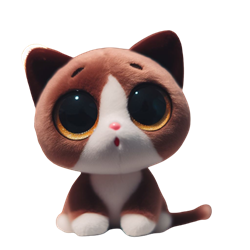
Question
Your answer:
Correct answer:
Your Answers
Frequently Asked Questions
Can I grow basil from store-bought herbs?
Yes, you can. Simply place fresh basil cuttings in water until they develop roots, then transplant them into pots with well-draining soil.
How often should I water my indoor basil during winter?
Water your basil when the top inch of soil feels dry, usually every 2-3 days. Adjust the frequency based on your indoor environment’s humidity levels.
Can I use regular garden soil for my indoor basil?
It’s best to use a well-draining potting mix instead of garden soil to prevent compaction and improve aeration.
Do I need special grow lights for indoor basil?
While natural sunlight is ideal, you can use grow lights designed for indoor plants if you lack sufficient natural light. Place them 6-12 inches above the basil for 10-12 hours a day.
What can I do with excess basil from my indoor garden?
Harvested basil can be used fresh in various dishes, dried, frozen in ice cubes, or made into pesto sauce to enjoy year-round.
So, don’t let the cold weather deter you from enjoying the flavors of summer. With the guidance and personal insights from a seasoned gardener like myself, you can create a thriving basil oasis right in your home.
Happy gardening!





